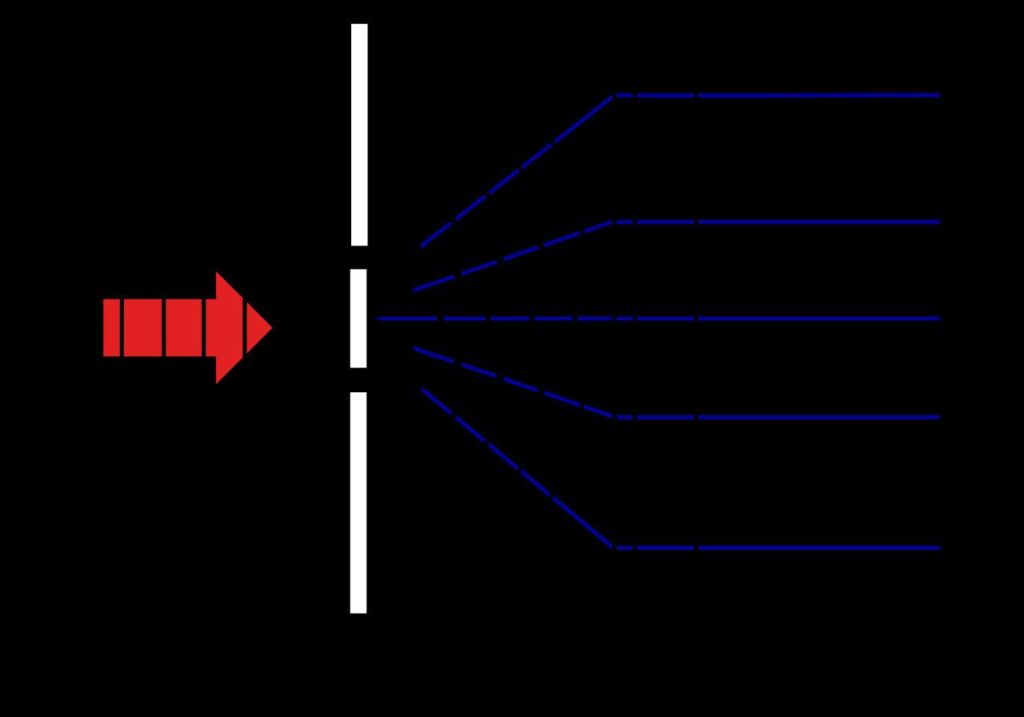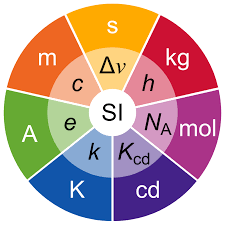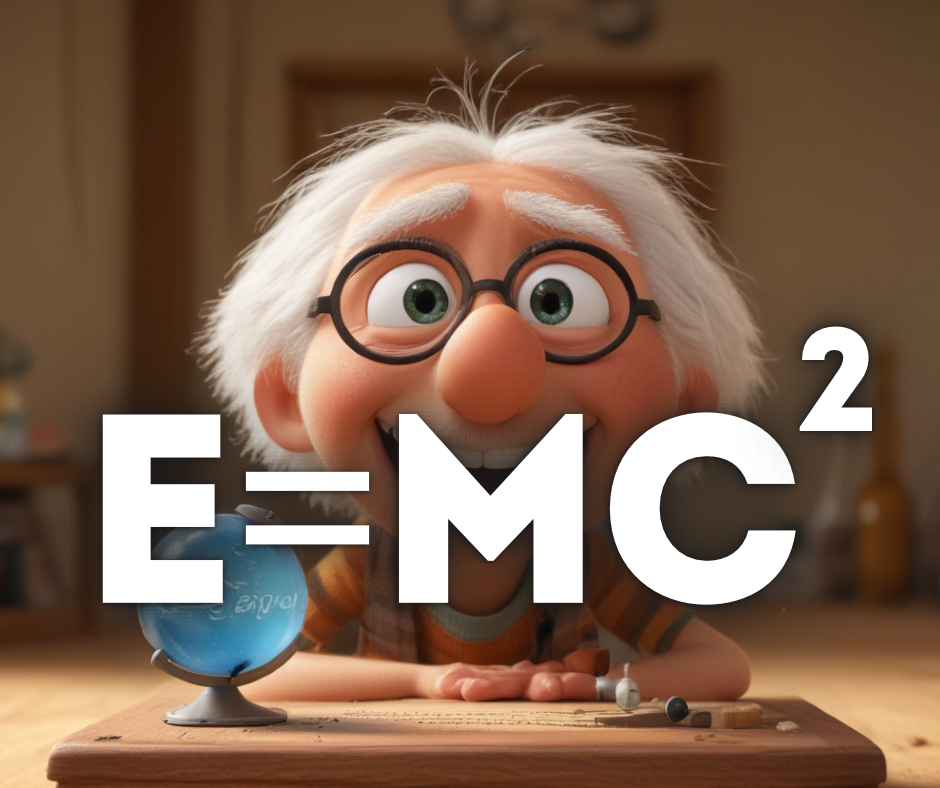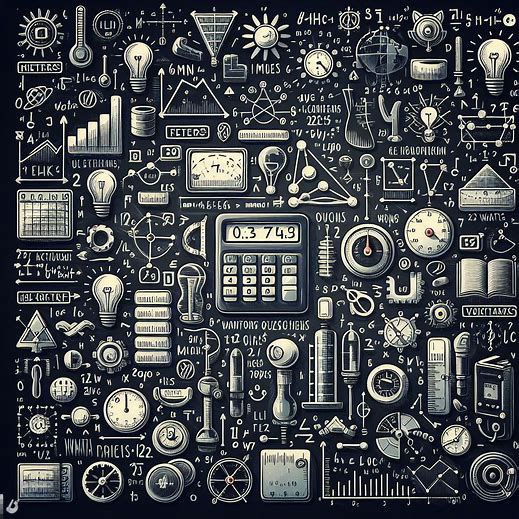Introduction:
The double-slit experiment is a fundamental experiment in quantum mechanics that demonstrates the wave-particle duality of particles, such as electrons or photons. The experiment was first performed by Thomas Young in 1801 and has since become a cornerstone in understanding the behavior of quantum particles.
The double-slit experiment stands as a cornerstone in the realm of quantum mechanics, challenging our fundamental understanding of the nature of particles and the very fabric of reality. Initially conceptualized by Thomas Young in the early 19th century as a means to investigate the nature of light, the experiment has since evolved into a pivotal exploration of the duality of particles, leading to profound questions about the nature of quantum reality.
The double-slit experiment is a fundamental experiment in quantum mechanics that demonstrates the wave-particle duality of particles, such as electrons or photons. The experiment was first performed by Thomas Young in 1801 and has since become a cornerstone in understanding the behavior of quantum particles.
Understanding the Double-Slit Experiment:
The basic setup of the double-slit experiment involves shining a beam of particles, such as electrons or photons, through two closely spaced slits onto a screen. Surprisingly, when only one slit is open, particles behave predictably, creating a pattern on the screen that corresponds to the shape of the slit. However, when both slits are open, a baffling interference pattern emerges, akin to what one would expect with waves.
Here’s a simplified explanation of the double-slit experiment:
Setup
- A source emits particles, usually electrons or photons, one at a time.
Note
Dear Students ..Yes, that’s correct. In the double-slit experiment, it’s crucial to understand that the particles, often electrons or photons, are emitted one at a time from a source. This setup is designed to investigate the behavior of individual particles, which makes the results even more intriguing.
Even though the particles are sent one at a time, the interference pattern that emerges on the screen suggests that each particle is exhibiting wave-like behavior. Over time, as more particles are sent through the slits, the interference pattern gradually builds up, reinforcing the idea that the particles are behaving as waves. This phenomenon is a key aspect of quantum mechanics and challenges our classical intuition about the nature of particles. – Prateek Sinha Sir
- There is a barrier with two closely spaced slits in it.
In the double-slit experiment, there is a barrier with two closely spaced slits through which particles, such as electrons or photons, can pass. This barrier is typically placed between a particle source and a screen where the particles are detected.
The presence of two slits is crucial to observing the interference pattern that demonstrates the wave-like nature of particles. When particles are sent through both slits simultaneously, they exhibit interference patterns on the screen behind the slits, resembling the patterns produced by waves. This interference pattern occurs because the waves associated with each slit interfere with each other constructively in some regions (bright bands) and destructively in others (dark bands).

Wave-Particle Duality:
This peculiar behavior introduces the concept of wave-particle duality, suggesting that particles, such as electrons, exhibit both particle-like and wave-like properties depending on the conditions of observation. This duality challenges our classical intuition and prompts a reevaluation of how we perceive the nature of matter and energy.
Quantum Superposition and Entanglement:
The double-slit experiment also unveils the intriguing concept of quantum superposition, where particles exist in multiple states simultaneously. This idea extends beyond the experiment, influencing our understanding of quantum systems and quantum computing. Additionally, the phenomenon of quantum entanglement, where particles become correlated in such a way that the state of one instantaneously influences the state of the other, adds another layer of complexity to the quantum realm.
The Role of Observation:
A fascinating aspect of the double-slit experiment is the role of observation in influencing the behavior of particles. The act of measurement collapses the wavefunction, forcing the particle to adopt a specific state. This raises philosophical questions about the nature of reality and the role of consciousness in shaping our understanding of the quantum world.
Modern Extensions and Applications:
Since its inception, the double-slit experiment has evolved, with modern variations shedding light on different aspects of quantum mechanics. For example, experiments with complex molecules and larger particles continue to explore the boundaries of quantum behavior. Moreover, applications in fields like quantum computing and cryptography highlight the practical implications of understanding the intricacies of quantum phenomena.
Summary:
The double-slit experiment, initially a curiosity about the behavior of light, has blossomed into a profound exploration of the quantum world. Its revelations challenge our classical understanding of particles and force us to grapple with the enigmatic nature of quantum reality. As we continue to delve into the mysteries unlocked by the double-slit experiment, the journey promises not only a deeper comprehension of the quantum realm but also a potential paradigm shift in our worldview.
References:
- Feynman, R. P., Leighton, R. B., & Sands, M. (2006). The Feynman Lectures on Physics, Vol. III. Addison-Wesley.
- Greene, B. (2003). The Elegant Universe: Superstrings, Hidden Dimensions, and the Quest for the Ultimate Theory. Vintage.
- Schrödinger, E. (1926). Quantization as an Eigenvalue Problem. Annalen der Physik, 79(4), 361–376.
- Aspect, A., Dalibard, J., & Roger, G. (1982). Experimental Test of Bell’s Inequalities Using Time‐Resolved Correlation Functions. Physical Review Letters, 49(25), 1804–1807.



